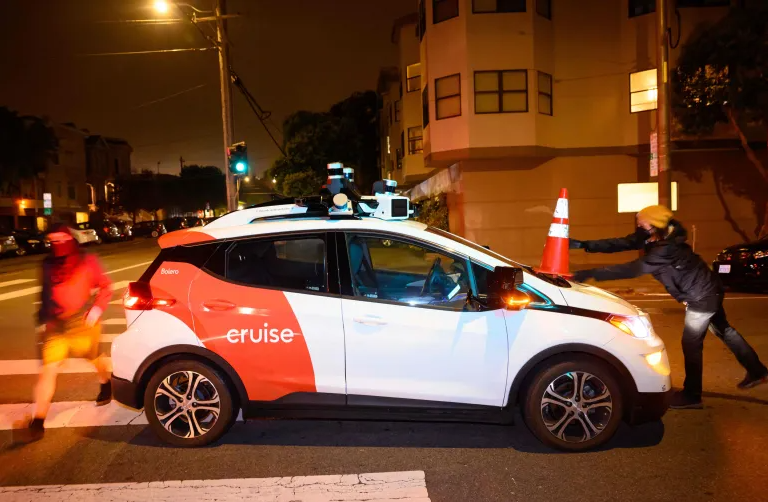
In the automotive industry of the past year, notable setbacks affected major companies, with Tesla taking center stage. The electric vehicle giant recalled approximately two million cars to update their full self-driving software. This decision came after a series of accidents over a two-year period raised concerns about the safety of the autonomous driving feature. Despite Tesla’s ambitious pursuit of cutting-edge technology, these incidents highlighted the challenges and risks associated with fully autonomous driving capabilities.
However, the most significant transformation occurred within General Motors’ subsidiary, Cruise. Cruise made history by becoming the first company to offer driverless taxi rides in San Francisco, operating day and night with a fleet exceeding 400 vehicles. While Cruise aimed to showcase the benefits of self-driving technology, the implementation faced scrutiny due to recurring accidents. Concerns arose about Cruise’s autonomous vehicles lacking a safe and appropriate response during accidents, particularly those involving pedestrians. This raised questions about the readiness of such technology for widespread use and its potential impact on public safety.
The autonomous driving narrative took a dramatic turn when Cruise, known for its bold claims about the superiority of self-driving cars over human drivers, faced its own share of challenges. The company’s sensor-equipped Chevy Bolts experienced notable accidents, including a pedestrian being dragged under one of its self-driving cars. This incident prompted regulators to question the safety protocols of Cruise’s autonomous fleet. Ultimately, the California Department of Motor Vehicles suspended Cruise’s autonomous taxi service in San Francisco, deeming it an “unreasonable risk to public safety.” This setback not only halted Cruise’s self-driving services but also triggered layoffs, executive resignations, and a reevaluation of the company’s approach to autonomous driving technology.
The Cruise case underscores the complexities and uncertainties surrounding the deployment of self-driving vehicles in real-world scenarios. It serves as a cautionary tale, emphasizing the importance of rigorous testing, transparency, and continuous improvements in autonomous driving technology to ensure public safety and build trust in the viability of this transformative industry.
Leave a Reply